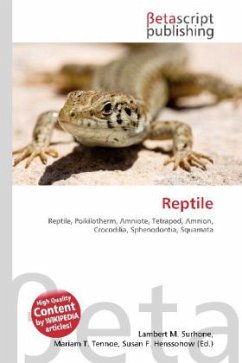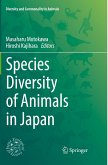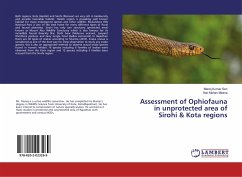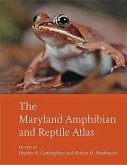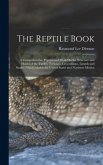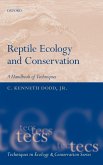Please note that the content of this book primarily consists of articles available from Wikipedia or other free sources online.Reptiles, or members of the class Reptilia, are air-breathing, generally "cold-blooded" (poikilothermic) amniotes that generally have skin covered in scales or scutes. They are tetrapods (having or having descended from vertebrates with four limbs) and lay amniote eggs, whose embryos are surrounded by the amnion membrane. The majority of reptile species are oviparous (egg-laying) although certain species of squamates are capable of giving live birth. This is achieved, either through ovoviviparity (egg retention), or viviparity (offspring born without use of calcified eggs). Many of the viviparous species feed their fetuses through various forms of placenta analogous to those of mammals with some providing initial care for their hatchlings.
Bitte wählen Sie Ihr Anliegen aus.
Rechnungen
Retourenschein anfordern
Bestellstatus
Storno

